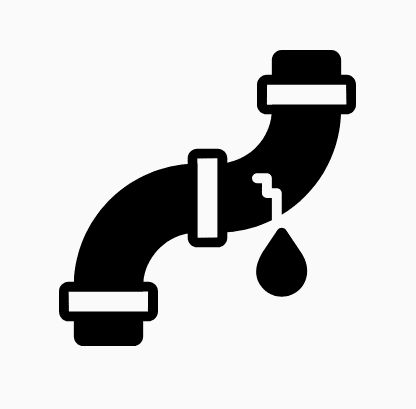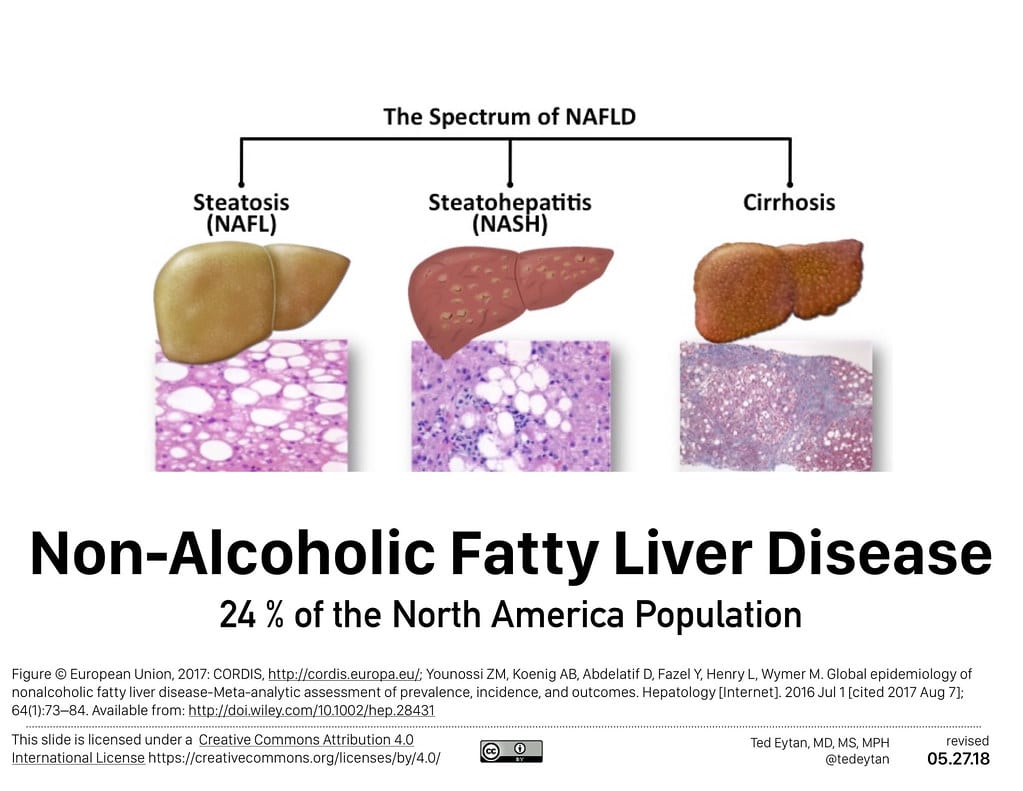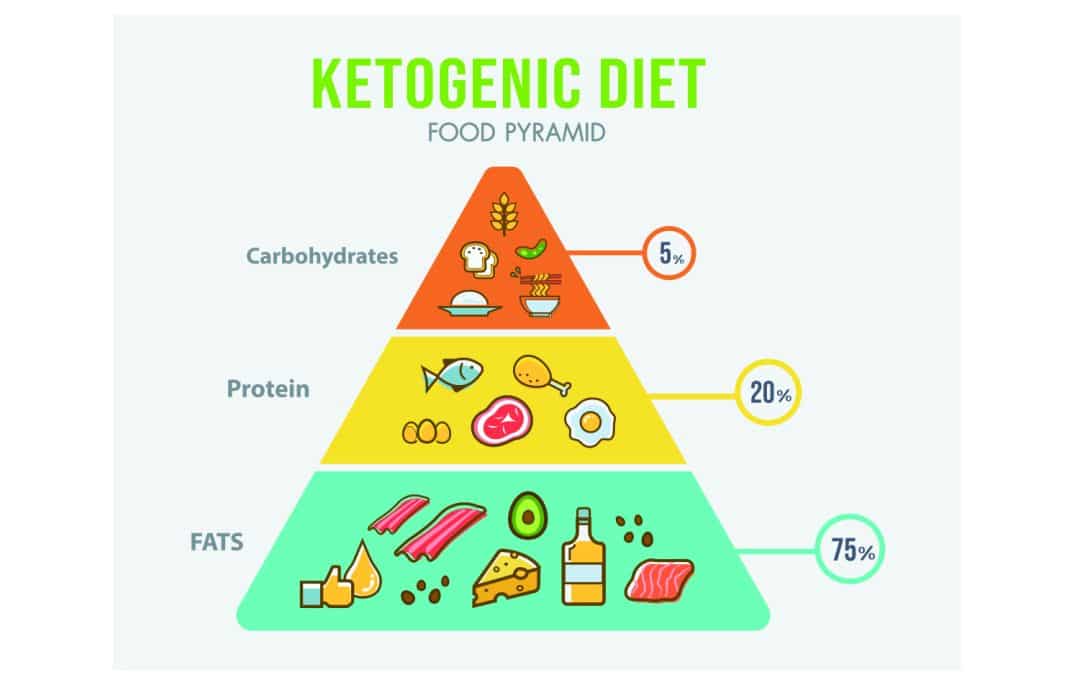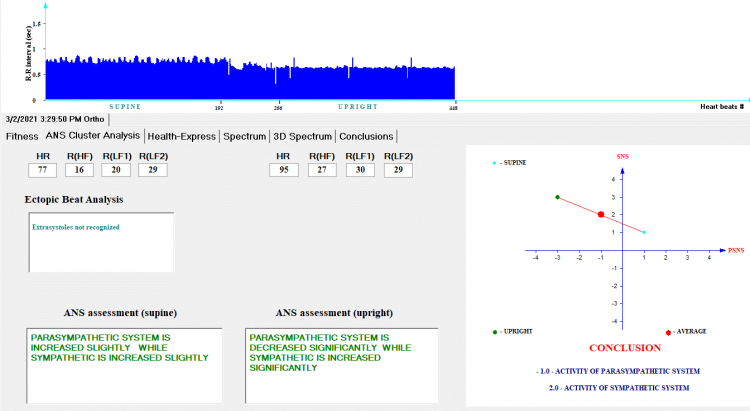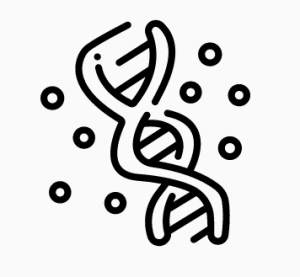
What Do You Mean By Leaky Gut?
Introduction
Below this Introduction is a well-written in-depth article on Leaky Gut with some great examples of how it happens. This Introduction is a short version if you don’t have time for the full story.
There is this thing called “Leaky Gut” that you may have heard of or run across.
You may already know something about it, or it may be an unknown, just vaguely alarming.
You do need to know about it because it’s increasingly common and can mess up your life in ways that you would never normally associate with anything related to digestion.
Leaky Gut can be a Factor in:
- Attention deficit disorder
- Symptoms resembling autism
- Chronic and rheumatoid arthritis
- Chronic fatigue syndrome
- Eczema
- Food allergies and intolerances
- Inflammatory bowel disease
- Irritable bowel syndrome
- Joint and collagen problems
- Compromised liver function
- Malnutrition
- Multiple chemical sensitivities
- Psoriasis
- Skin disorders ranging from urticaria to acne and dermatitis
- Symptoms like schizophrenia
Leaky Gut can cause stress to your immune system leading to chronic problems (the ones that don’t get better) of all kinds.
What Is It?
To understand Leaky Gut, you must know about the two main functions of the “gut” (small intestine):
- To absorb nutrients from the food you eat by transferring them from the gut into the bloodstream.
- A barrier to protect your body from the microbes, undigested food and other unwelcomes from escaping out of the gut.
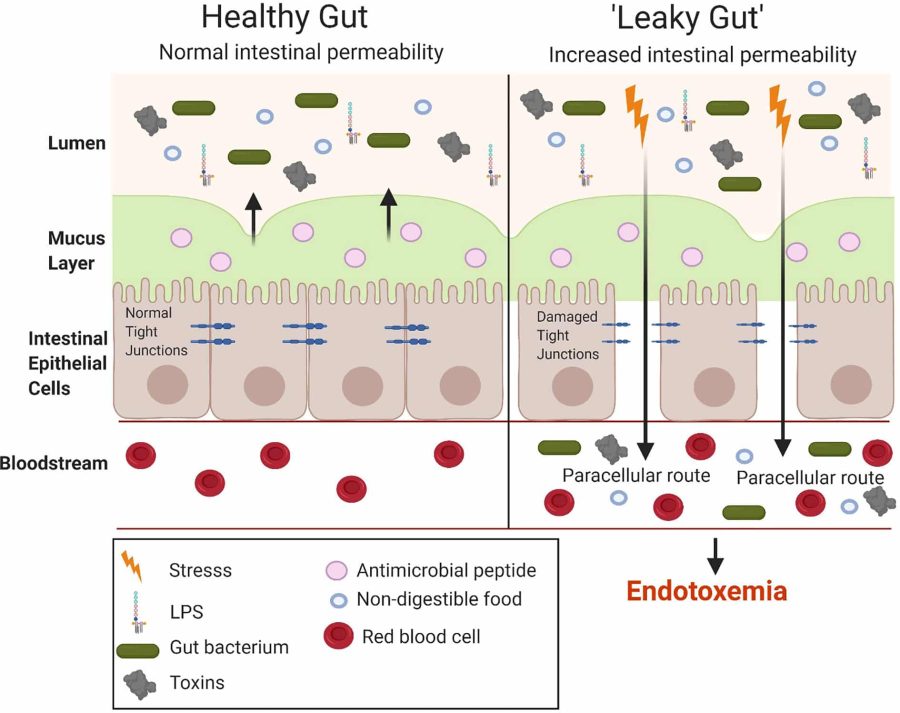
Subscribe Now! Get More Health Info
“Leaky Gut” happens when your gut fails to some degree with these two functions.
Leaky gut is associated with a wide range of general symptoms such as fatigue, abdominal pain or bloating, diarrhea, feelings of toxicity, memory loss, difficulty concentrating, and poor tolerance of exercise.
Because your absorption of food is affected, you can have multiple health problems from malnutrition, despite eating a healthy diet.
Do I Have Leaky Gut?
If you have one of the conditions listed at the beginning of this article, or if you have chronic health problems of long duration, there is a possibility that Leaky Gut is a contributing factor or the primary cause of your difficulties.
There are degrees of Leaky Gut. The problem is that once this gets started, it tends to become worse and rarely heals itself.
How to Avoid or Improve Leaky Gut
- Clean up your diet. Food chemicals such as preservatives, colors, and flavor enhancers often worsen gut problems. Eat fresh foods, not canned, bottled, or bagged. Stop all fast and junk foods. Limit restaurant foods.
- Find your allergies and avoid them. There are effective blood tests for this. Allergies are one of the main stress factors that worsen Leaky Gut.
- Eat protein and veggies, limit carbs and eliminate sugars.
- Avoid antibiotics (soaps and drugs) unless absolutely necessary.
- Eat plenty of high-fiber foods.
- Don’t take NSAIDs (like ibuprofen).
- Eat fermented foods and take good probiotics.
I hope this helps!
Dr. Melodie Billiot
More about Leaky Gut
READ: Leaky Gut: Hey, It’s All Your MOM’S Fault
What Do You Mean By Leaky Gut
Ronald Grisanti D.C., D.A.B.C.O., DACBN, MS, CFMP
The intestinal lining has two opposite functions:
- The absorption of nutrients from food in the digestive tract.
- A barrier function, to control microbes or large food particles from going beyond the gut environment and getting into the bloodstream.
The digestive tract has tiny permeable openings between the cells (called tight junctions) to absorb nutrients from our food. If these pore-like structures open too wide, toxins from the gut can spill over into the bloodstream, overwhelming the liver and causing allergies or any of dozens of other ailments.
This malfunction is known as hyperpermeability because the lining has become too permeable (porous)
It’s also called Leaky Gut Syndrome because the gut begins leaking larger food particles and toxins from the gut.
It’s not a disease per se, but rather a natural process gone bad. Under normal optimal conditions, these pores open and close whenever nutrients are absorbed from our food. Only when the pores open too wide is leaky gut is said to occur.
The Big Picture Behind Leaky Gut: The Real Story
Here’s a detailed account of how leaky gut occurs. Let’s use the example of someone who has a food allergy. Suppose Mary has a wheat allergy and innocently eats a bagel; this can elicit a reaction in her body. If she has an immediate food allergy, her immune system may begin reacting right away. If she has delayed allergies, the reaction may not occur for as long as three hours, but it could take as long as forty-eight hours to occur.
What is surprising is that no matter when it occurs, Mary may not even be aware that it’s happening. She may have a vague feeling of discomfort that could include mild indigestion, a headache, or even joint or muscle aches.
Although she may not notice anything more than vague discomfort at the time, she may develop some chronic problems later down the road, such as auto-immune disorders, allergies, asthma, or arthritis. And she probably won’t link it to this microscopic process going on in her digestive tract as the lining becomes too permeable and begins leaking tiny particles.
On the other hand, she may have noticed that if she cheats on her allergy diet and has milk for breakfast, sometime that day or the next, her joints may be achy, and exercise will become a major effort.
The response of Mary’s body to the offending food also activates her immune system. When she eats allergic foods, her immune system sounds the alarm through chemical messengers, the cytokines. They act like horn-blowers calling out the cavalry, and their job is to bring the infection fighters (the antibodies).
Now the immune system is set in motion. While we always have cytokines as an essential part of our system, the gut will start leaking when too many cytokines and other immune chemicals are circulating in the bloodstream.
The Healthy Mucosal Lining
When Mary’s system is working properly, absorption occurs through tiny structures in the small intestine lining. All this is happening on a microscopic level. Nutrients are being absorbed through three structures:
- Directly through the cells of the gut lining, called transcellular absorption
- Between the cells, in paracellular absorption
- In the crypts, tiny crevices in the lining of the gut
Each structure is programmed to absorb nutrient molecules of a particular size and electromagnetic charge. Between the fingerlike villi lining the gut are crypts, crevices at the base of each villi, like the webbing between your fingers. Because of their larger size, the crypts absorb bigger molecules, such as the disaccharides, which are complex sugars.
Between every cell in the gut lining is a tiny pore-like structure called a tight junction. These tiny pores are also active during digestion. They expand and contract just as other muscles do, opening and closing to release nutrients from the gut into the bloodstream or contain the food mix as it passes through the gut.
The Damaged Mucosal Barrier
Too many immune chemicals can cause the pores to open too wide, causing too much permeability. When there’s inflammation or any crisis in the body, if too many immune-signaling chemicals are circulating in the bloodstream, they can overstimulate the tight junctions, causing the pores to open too wide.
This process can be compared to a house with doors wired to a fire alarm system. If the alarm system malfunctions, it may keep all the doors in the house open and won’t let them close. Clearly, other problems can result. Intruders could easily enter the house.
Leaky gut can raise the body’s exposure to intruders, such as bacteria, yeast, or large food particles that would normally remain in the gut. Again, when the pores open too wide, material is inappropriately released into the bloodstream. In Mary’s case, if her immune system detects large food particles in the bloodstream (perhaps other innocent foods, released through the leaky gut), it will assume they’re allergens and launch a second attack, flooding her system with more cytokines. Then the whole dynamic just gets worse.
Resolving hyperpermeability can have Real Benefits.
Leaky gut is associated with a wide range of general symptoms such as fatigue of unknown origin, abdominal pain or bloating, diarrhea, feelings of toxicity, memory loss, difficulty concentrating, and poor tolerance of exercise.
Hyperpermeability can be an underlying factor in such conditions as:
- Attention deficit disorders
- Symptoms resembling autism
- Chronic and rheumatoid arthritis
- Chronic fatigue syndrome
- Eczema
- Food allergies and intolerances
- Inflammatory bowel disease
- Irritable bowel syndrome
- Joint and collagen problems
- Compromised liver function
- Malnutrition
- Multiple chemical sensitivities
- Psoriasis
- Skin disorders ranging from urticaria to acne and dermatitis
- Symptoms like schizophrenia
Conditions that May Cause Leaky Gut
- Aging
- HIV
- AIDS with diarrhea
- Alcoholism
- Malnutrition
- Burns
- NSAIDS
- Cancer
- Pancreatitis
- Celiac disease
- Psoriasis
- Certain drugs
- Radiation therapy
- Chemotherapy
- Rheumatoid arthritis
- Chronic hepatitis
- Shock or anaphylaxis
- Crohn’s disease
- Toxic shock syndrome
- Cystic fibrosis
- Trauma
- Giardia and other parasites
- Ulcerative colitis
Compliments from Functional Medicine University


